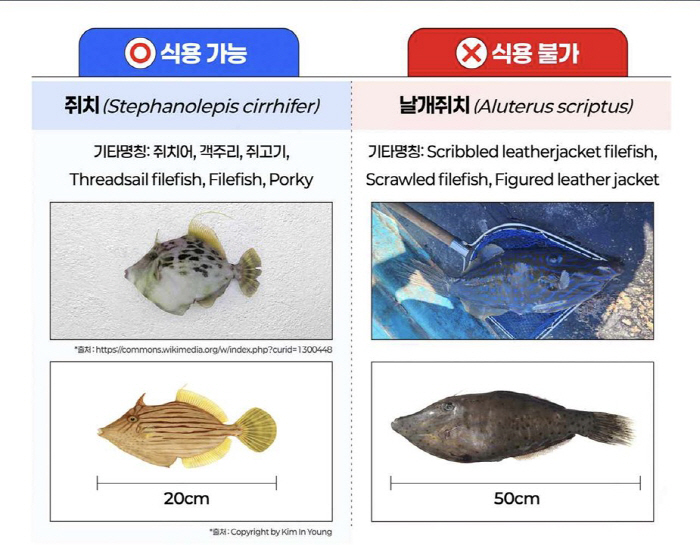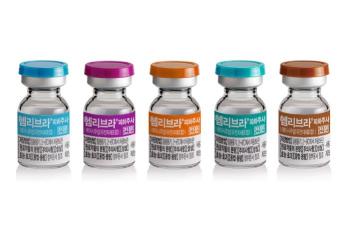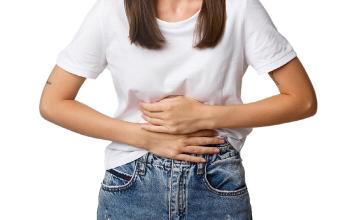Puffer fish is a must for professional cooking...20 times more toxic than pufferfish, you have to refrain from contacting the wing mouse
Sep 03, 2025
The Ministry of Food and Drug Safety warned against the handling of toxic pufferfish and winged filefish in the fall when sea fishing increases.
There are more than 120 types of pufferfish worldwide, and they contain tetrodotoxin, a neurotoxin, in eggs and intestines, so if poisoned, symptoms such as vomiting and nerve paralysis can occur and in severe cases, death can occur. According to the Ministry of Food and Drug Safety, there have been a total of 13 cases of pufferfish poisoning in the last 20 years (2005-2024), with 47 patients.
Tetrodotoxin is a typical neurotoxin, and the more severe the symptoms, the shorter the incubation period is, 30 minutes to 6 hours. In the first stage of symptoms, the lips, tongue tips, and fingertips are numb within 20 minutes to 3 hours, and headaches, abdominal pain, and vomiting appear. Stage 2 becomes incomplete motor paralysis, resulting in perceptual paralysis, speech disorders, and decreased blood pressure. Step 3 shows difficulty breathing, which is a state of complete motor paralysis and inactivity. Stage 4 shows general paralysis and loses consciousness, and breathing and heart rate stop.
There are 21 types of pufferfish allowed for food in Korea, including chambok and gumbok, which are less than 10 MU/g of pufferfish venom in meat quality and shells, respectively, making it difficult for the general public who do not have professional qualifications to distinguish between edible pufferfish. A 1MU (MU) is a poison that can kill 20g of mice in less than 30 minutes. Therefore, blood, eyes, gills, etc. and intestines must be removed based on expertise when grooming pufferfish, so it must be handled by a professional who is qualified to cook pufferfish.
If symptoms such as numbness in hands and feet, dizziness, headache, inability to exercise, or difficulty breathing occur after eating cooked pufferfish, they should be treated immediately at the hospital.
If you feel drooling, headache, or paralysis in a situation where you are conscious after eating pufferfish, the priority is to vomit. Antidote has not yet been reported, and conservative treatment for symptoms such as rapid transfer and first aid (such as securing the airway) and maintaining ventilator and blood pressure for 24 to 48 hours is required.
Along with this, as the water temperature has recently risen due to climate change, subtropical fish 'wing chubby' are being caught by fishermen off the southern coast of Jeju Island. There are only four species of filefish allowed for food in Korea: thin-tailed filefish, horse filefish, filefish (crabfish), and palate filefish. The wing ratfish is larger than the general edible ratfish, has thorns on its dorsal fins, and is characterized by a large tail like a wing. Winged ratfish are inedible and contain 20 times more palytoxin than pufferfish (tetrodotoxin) in flesh (muscles) and bones, so exposure through skin wounds or mucous membranes can cause burning, rash, and pain.
Addiction to Palytoxin can cause vomiting, general paralysis, and shortness of breath, and in severe cases can lead to death, requiring special attention. In fact, deaths from ingestion in Madagascar in 2000, swelling caused by skin contact, muscle pain, etc. were reported in Germany in 2008.
The Ministry of Food and Drug Safety emphasized that if you have symptoms such as numbness in your hands and feet, dizziness, headache, inability to exercise, or shortness of breath after eating cooked pufferfish or handling wing filefish, you should immediately call 119 for first aid or immediately seek treatment at a hospital.
There are more than 120 types of pufferfish worldwide, and they contain tetrodotoxin, a neurotoxin, in eggs and intestines, so if poisoned, symptoms such as vomiting and nerve paralysis can occur and in severe cases, death can occur. According to the Ministry of Food and Drug Safety, there have been a total of 13 cases of pufferfish poisoning in the last 20 years (2005-2024), with 47 patients.
Tetrodotoxin is a typical neurotoxin, and the more severe the symptoms, the shorter the incubation period is, 30 minutes to 6 hours. In the first stage of symptoms, the lips, tongue tips, and fingertips are numb within 20 minutes to 3 hours, and headaches, abdominal pain, and vomiting appear. Stage 2 becomes incomplete motor paralysis, resulting in perceptual paralysis, speech disorders, and decreased blood pressure. Step 3 shows difficulty breathing, which is a state of complete motor paralysis and inactivity. Stage 4 shows general paralysis and loses consciousness, and breathing and heart rate stop.
There are 21 types of pufferfish allowed for food in Korea, including chambok and gumbok, which are less than 10 MU/g of pufferfish venom in meat quality and shells, respectively, making it difficult for the general public who do not have professional qualifications to distinguish between edible pufferfish. A 1MU (MU) is a poison that can kill 20g of mice in less than 30 minutes. Therefore, blood, eyes, gills, etc. and intestines must be removed based on expertise when grooming pufferfish, so it must be handled by a professional who is qualified to cook pufferfish.
If symptoms such as numbness in hands and feet, dizziness, headache, inability to exercise, or difficulty breathing occur after eating cooked pufferfish, they should be treated immediately at the hospital.
If you feel drooling, headache, or paralysis in a situation where you are conscious after eating pufferfish, the priority is to vomit. Antidote has not yet been reported, and conservative treatment for symptoms such as rapid transfer and first aid (such as securing the airway) and maintaining ventilator and blood pressure for 24 to 48 hours is required.
|
Addiction to Palytoxin can cause vomiting, general paralysis, and shortness of breath, and in severe cases can lead to death, requiring special attention. In fact, deaths from ingestion in Madagascar in 2000, swelling caused by skin contact, muscle pain, etc. were reported in Germany in 2008.
The Ministry of Food and Drug Safety emphasized that if you have symptoms such as numbness in your hands and feet, dizziness, headache, inability to exercise, or shortness of breath after eating cooked pufferfish or handling wing filefish, you should immediately call 119 for first aid or immediately seek treatment at a hospital.
This article was translated by Naver AI translator.














